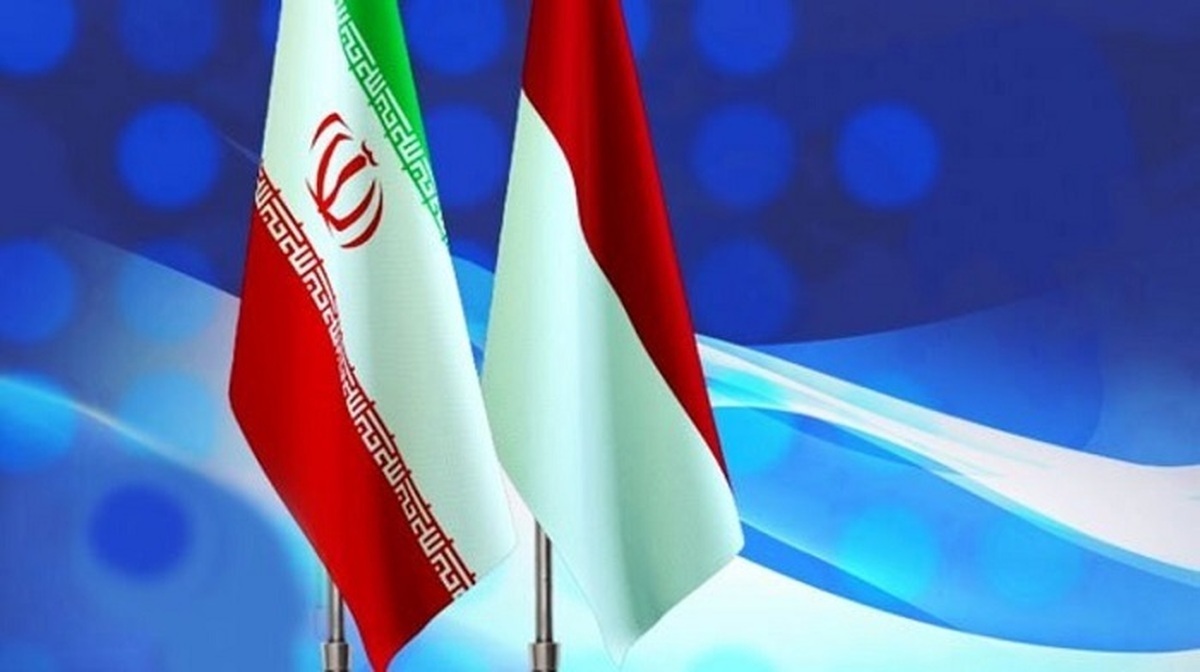
Iran's Trade With Eurasian Economic Union Tops $1 Billion
EghtesadOnline: Iran and the Eurasian Economic Union have traded $1 billion worth of goods since Oct. 27, when a preferential trade agreement between the two sides came into effect.
According to Director General of International Affairs Bureau with the Islamic Republic of Iran Customs Administration Hossein Kakhaki, Iran's exports under the preferential trade agreement stands at $87 million while EEU exported goods worth $533 million in return, Financial Tribune reported.
“Iran’s total exports and imports to and from the five EEU member states have hit $347 million and $655 million respectively,” he was quoted as saying by IRNA.
The above figures show more than 25.1% of Iran's export to EEU and 81.37% of imports from the bloc into Iran have been carried out under the trade agreement.
The official noted that due to the significance of the country’s trade agreement with EEU, IRICA has taken an array of measures to ease trade procedures for exporters to the bloc by cutting red tape.
Iran and the Eurasian Economic Union are looking to substantially increase trade, as they signed a three-year provisional agreement in Astana, Kazakhstan, on May 17, 2018, for the bloc to welcome Iran into EEU.
The arrangement is the first step in implementing free trade between Iran and the five members of the union. It lowers or abolishes customs duties, setting off a three-year process for a permanent trade agreement.
The average tariff set by EEU for Iranian goods as part of their provisional preferential trade agreement stands at 3.1%, while Iran’s average tariff for commodities from EEU amounts to 12.9%, according to the deputy for international affairs with Iran Chamber of Commerce, Industries, Mines and Agricultures.
Iran and EEU have a total of 862 types of commodities listed on their three-year provisional preferential trade agreement. As per the deal, Iran will enjoy much easier export terms and lower customs duties on 502 items and the same goes to 360 items from EEU member states.
Based on figures released by the Islamic Republic of Iran Customs Administration Iran mainly exports pistachios, kiwis, apples, tomatoes, cucumbers and pickles, cabbages, grapes, dates, hydraulic cement, refined copper, methanol and pharmaceuticals to EEU countries.
In exchange, major commodities imported into Iran from EEU nations include nuclear reactor parts, barley, sunflower oil, raw vegetable oils, field corn, radio navigation devices, cathodes, steel products, pine timber and sheep carcasses.
Russia, Kazakhstan, Kyrgyzstan, Armenia and Belarus are EEU member states. The union is an international organization that encourages regional economic integration through the free movement of goods, services and people within the union.
The union has an integrated single market of 183 million people and a gross domestic product of over $4 trillion.
Rescue Route
The agreement is deemed especially important, considering unilateral US economic sanctions against Iran since US President Donald Trump last year walked out of the nuclear deal the world powers signed with Tehran in 2015. The sanctions have been aimed at restricting Iran's trade with other countries to cripple the Iranian economy, in what Iranian officials have termed as "economic war".
The nuclear deal, formally known as the Joint Comprehensive Plan of Action, saw the removal of international sanctions against Iran upon its implementation in 2016.
Hossein Selahvarzi, the deputy head of Iran Chamber of Commerce, Industries, Mines and Agriculture, said the Iran-EEU agreement is more of a practice in free trade for Iran rather than a short-lived escape from the US-imposed economic sanctions.
The official said free trade is the “rescue route” for Iran’s economy.
“If at the end of the road to joining EEU, Iran can identify its points of weakness and strength in free trade, we can say it has made the most out of the agreement,” he was quoted as saying by the Persian economic daily Donya-e-Eqtesad.
“The level of trade exchanges between Iran and Eurasia could exceed $30 billion [per year],” said Deputy Minister of Industries, Mining and Trade for Commercial Affairs Hossein Modarres Khiyabani at the Iran-Eurasia Trade Forum hosted in Tehran earlier this month.
Khiyabani put the current volume of Eurasia’s trade exchanges with other countries at $900 billion.
Agrifood Accounts for Over Half of Trade
Agrifood products accounted for over half of Iran-EEU's $2 billion trade last year.
Iran traded a total of 2.52 million tons of agrifood products worth over $1 billion with the Eurasian Economic Union in the last Iranian year (March 2018-19), according to Shahrokh Shajari, director general of Agriculture Ministry's Export Expansion Bureau.
Agrifood trade accounted for 62.37% and 52.15% of the volume and value of Iran-EEU’s total non-oil trade respectively last year.
Iran’s agrifood exports to EEU member states stood at 405,010 tons worth $315.3 million during the 12-month period.
The above figures account for 26.12% and 51.9% of the weight and value of the total non-oil exports to EEU respectively over the period.
Iran's exported agrifood products to EEU mainly include apples, vegetables, grapes, oranges, raisin, dates, kiwi and pistachio.
About 2.12 million tons worth $776.37 million of the total imports were agrifood products. This is while 85.14% and 52.43% of the volume and value of Iran’s total non-oil trade with EEU respectively constituted agrifood products.


